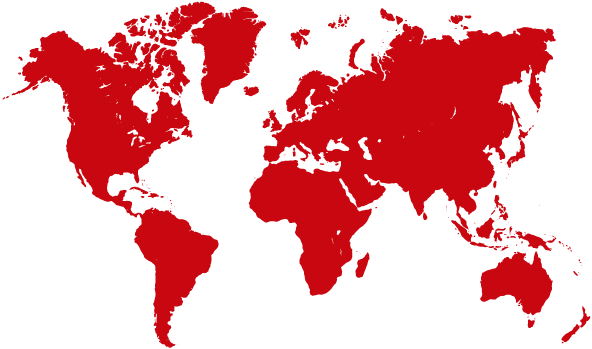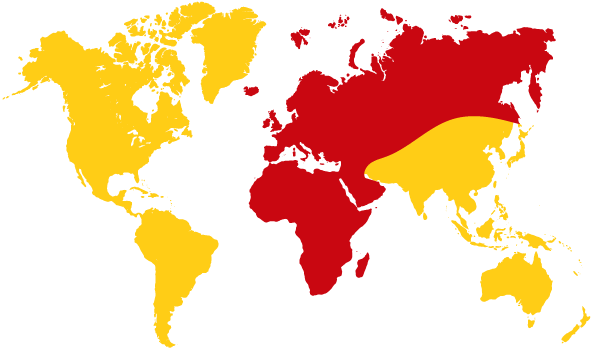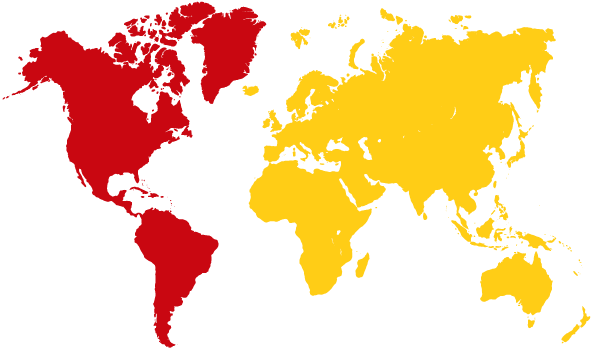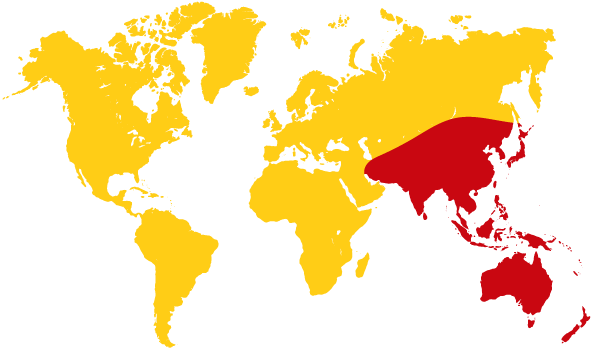From time to time the IARU issues press releases containing news of interest to organizationally minded radio amateurs. Recent releases will be accessible here. Additional sources of amateur radio news include the three regional IARU websites and the websites of the IARU member-societies.
Amateur/RNSS Coexistence — 23cm Band
June 23, 2022 — After review and approval by the IARU Region 1 Executive Committee and the IARU Administrative Council this link is to a presentation on preliminary Amateur / RNSS Coexistence in the 23cm band
ITU‑R Working Party 5A Meets in Geneva
The latest meeting of ITU‑R WP5A concluded on June 2, 2022. The IARU was represented by Ole Garpstad (LA2RR – ITU Lead) and Barry Lewis (G4SJH – WRC23 AI9.1b Lead).
ITU‑R WP5A is the study group at ITU which deals in part with topics related to the amateur and amateur satellite services. It is the lead group responsible for developing the Conference Preparatory Meeting (CPM) report on agenda item 9.1(b) This Agenda Item provides for a “Review of the amateur service and the amateur-satellite service allocations in the frequency band 1 240‑1 300 MHz to determine if additional measures are required to ensure protection of the radionavigation-satellite (space-to-Earth) service operating in the same band in accordance with Resolution 774 (WRC‑19);” The CPM Report will form the basis for consideration of this issue at WRC-23 next year.
At the conclusion of the recent WP5A meeting a draft recommendation was prepared which will provide guidelines to administrations to ensure the protection of the RNSS primary allocation from the secondary amateur and amateur satellite services.
The draft recommendation will be the most important element of the WP5A work going forward for the amateur and amateur satellite services in the 23cm band. The working document contains a number of proposals for severe limitations on amateur usage of the band including transmitter power constraints. Very low power levels are proposed for large portions of the band (100% in one case). Proposals also identify possible frequency band usage limitations for broadband applications (e.g. ATV), narrowband applications and amateur satellite services in 1 260–1 270 MHz.
A full report of the WP5A meeting can be found here. https://www.iaru.org/wp-content/uploads/2022/06/Report-from-WP5A_June-2022-FINAL.pdf
None of these proposals are adopted at this time and work will continue at the next meeting of WP5A to rationalise the variations proposed by national telecom-administrations. The IARU will work to minimise the constraints on amateur radio activities and continue to seek amendments to the draft recommendations through the ITU process, but as a secondary user, radio amateurs should understand the need to protect the Radionavigation Satellite Service (RNSS) in many consumer and industry applications (like autonomous vehicles) that will lead to some restrictions on our use of the 23 cm band
WRC-19 Approves Region 1 50 MHz Allocation Sharm El-Sheikh, Egypt, 21 November 2019 The World Radiocommunication Conference WRC-19 has approved an allocation in the 50 MHz band for amateurs in Region 1. The decision will now be incorporated in the Final Acts of the conference. The decision comes after more than three weeks of strenuous negotiations to reconcile widely disparate views of Region 1 administrations. The result is a dramatic improvement in the international Radio Regulations for amateurs in Region 1. Before WRC-19 there were only 11 countries in Africa with a primary allocation in the band. When the Final Acts take effect, on a date that has not yet been determined, there will be 44 countries in Region 1 with a primary allocation of at least 500 kHz including 26 countries with a primary allocation of the entire band 50–54 MHz. The entire region will have an amateur secondary allocation of 50–52 MHz except in the Russian Federation, whose administration opted for only 50.080–50.280 MHz on a secondary basis. There are provisions to protect the other existing services that use the band in Region 1 and neighboring countries in Region 3. The existing primary allocation of 50–54 MHz in Regions 2 and 3 is unaffected. The exact manner in which the allocations will be implemented in Region 1 countries will be determined by each administration and may be either more generous or less, depending on national considerations. The WRC-19 decision on its agenda item 1.1 is the culmination of years of effort by the IARU and its member-societies, mainly in Region 1 but with support from the other two regions. The ITU Radiocommunication Sector working group in which preparations were conducted was chaired by Dale Hughes, VK1DSH, of Australia who also was chosen to chair the sub working group dealing with the item at the WRC. The sub working group, designated 4C1, held 10 meetings before reaching an agreement that could be forwarded to Working Group 4C where additional discussions and adjustments took place. Committee 4 received the output of 4C on Tuesday, 12 November and performed additional fine-tuning before recommending the results for adoption by the conference Plenary. Consideration by the Plenary was delayed while a narrow issue in one footnote was resolved. IARU Vice President Ole Garpestad, LA2RR, who is attending the WRC as a member of the Norwegian delegation, observed: “The successful outcome on Agenda Item 1.1 could only have come about through a team effort by the IARU member-societies and regional organizations, and especially by the volunteers who have devoted countless hours to preparing documents and attending meetings over the past three years. Our thanks go to everyone who has contributed to this effort, including the radio amateurs who support the IARU through membership in the IARU member-society in their country.” LA2RR coordinated overall IARU preparations for WRC-19. Dave Court, EI3IO, led the IARU effort on Agenda Item 1.1 which engaged all six regional telecommunications organizations: ASMG for the Arab States, ATU for Africa, CEPT for Europe, RCC for Russia and several countries of the former Soviet Union, CITEL for Region 2, and APT for Region 3. Region 1 Secretary Hans Blondeel Timmerman, PB2T, was coordinator for the item on behalf of CEPT on whose proposal the ultimate compromise was largely based. |



